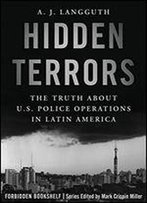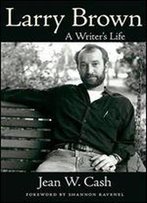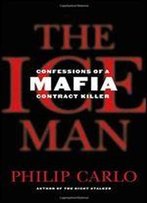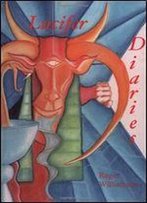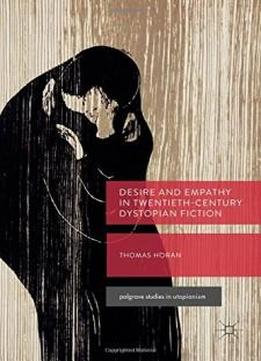
Desire And Empathy In Twentieth-century Dystopian Fiction (palgrave Studies In Utopianism)
by Thomas Horan /
2018 / English / PDF
1.8 MB Download
This book assesses key works of twentieth-century dystopian
fiction, including Katharine Burdekin’s
This book assesses key works of twentieth-century dystopian
fiction, including Katharine Burdekin’sSwastika Night
Swastika Night,
George Orwell’s
,
George Orwell’sNineteen Eighty-Four
Nineteen Eighty-Four, and Margaret
Atwood’s
, and Margaret
Atwood’sThe Handmaid’s Tale
The Handmaid’s Tale, to demonstrate that the
major authors of this genre locate empathy and morality in
eroticism. Taken together, these books delineate a subset of
politically conscious speculative literature, which can be
understood collectively as projected political fiction. While
Thomas Horan addresses problematic aspects of this subgenre,
particularly sexist and racist stereotypes, he also highlights how
some of these texts locate social responsibility in queer and other
non-heteronormative sexual relationships. In these novels, even
when the illicit relationship itself is truncated, sexual desire
fosters hope and community.
, to demonstrate that the
major authors of this genre locate empathy and morality in
eroticism. Taken together, these books delineate a subset of
politically conscious speculative literature, which can be
understood collectively as projected political fiction. While
Thomas Horan addresses problematic aspects of this subgenre,
particularly sexist and racist stereotypes, he also highlights how
some of these texts locate social responsibility in queer and other
non-heteronormative sexual relationships. In these novels, even
when the illicit relationship itself is truncated, sexual desire
fosters hope and community.
